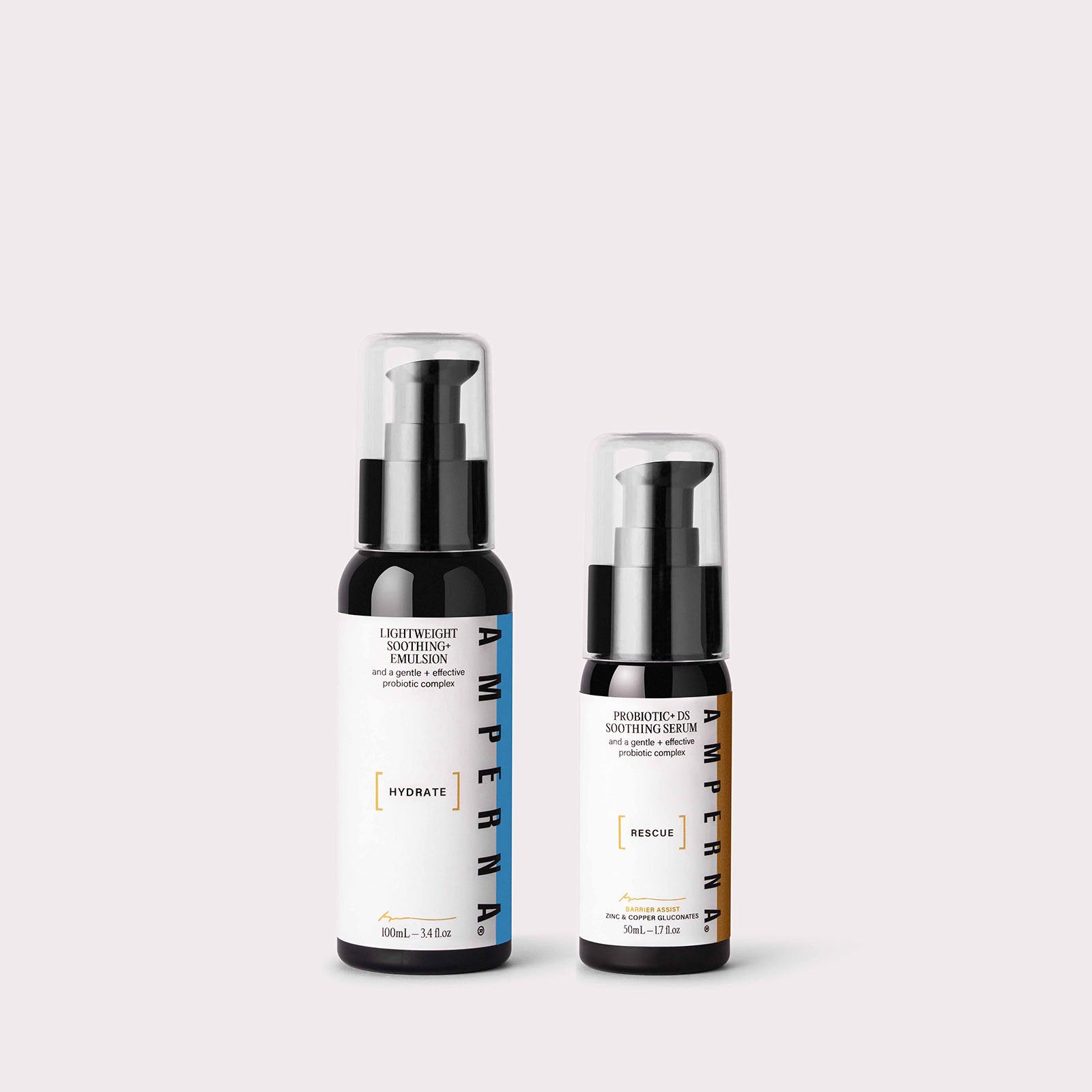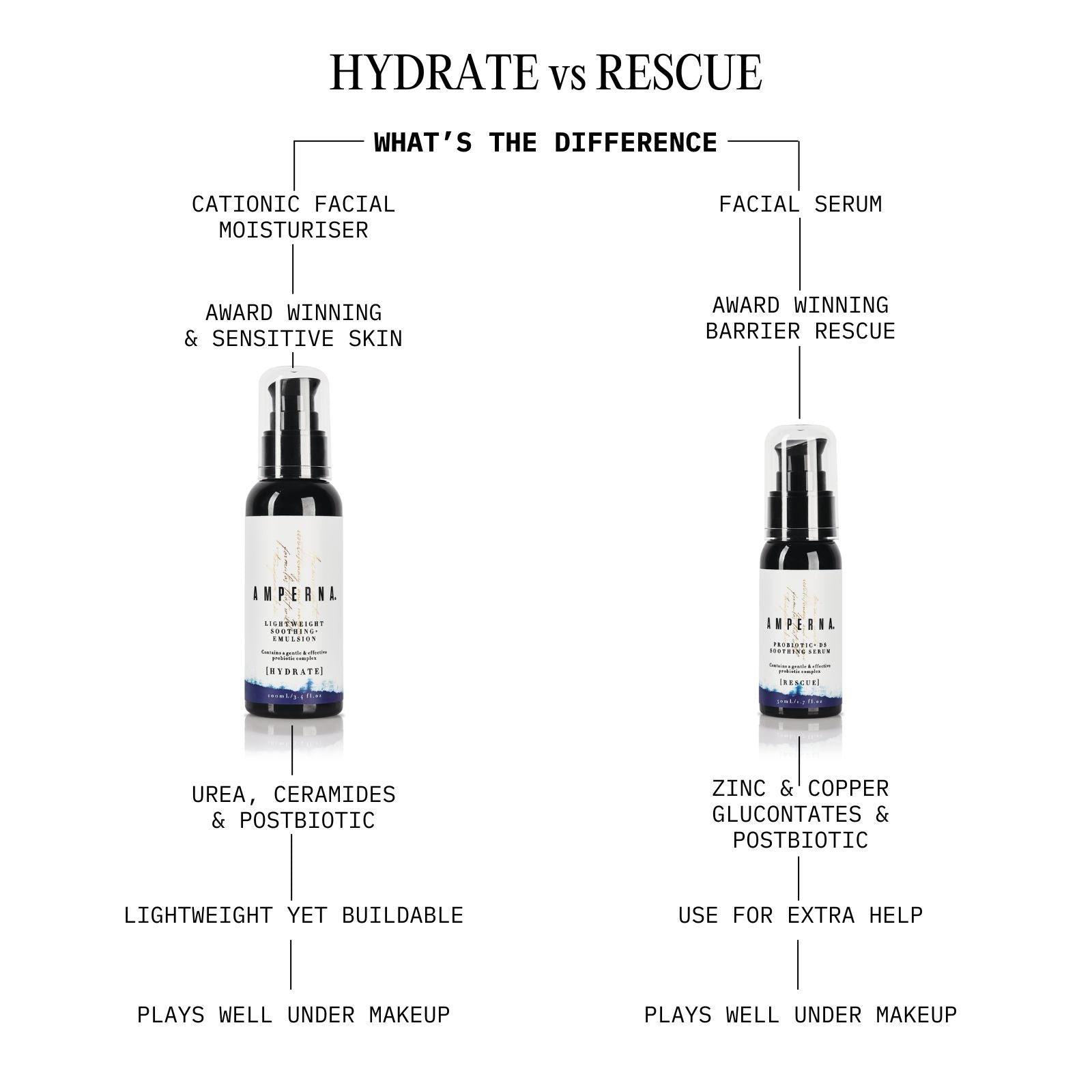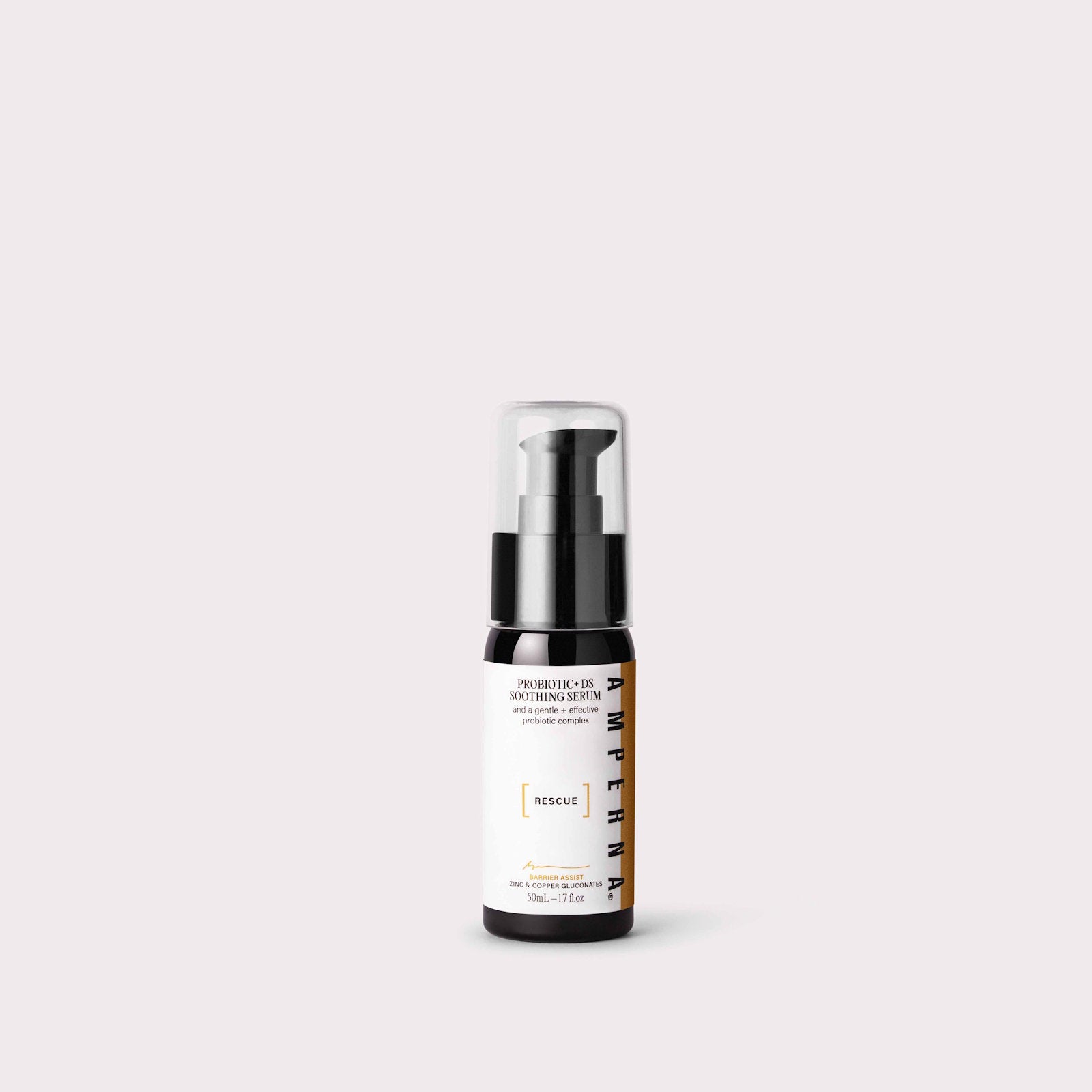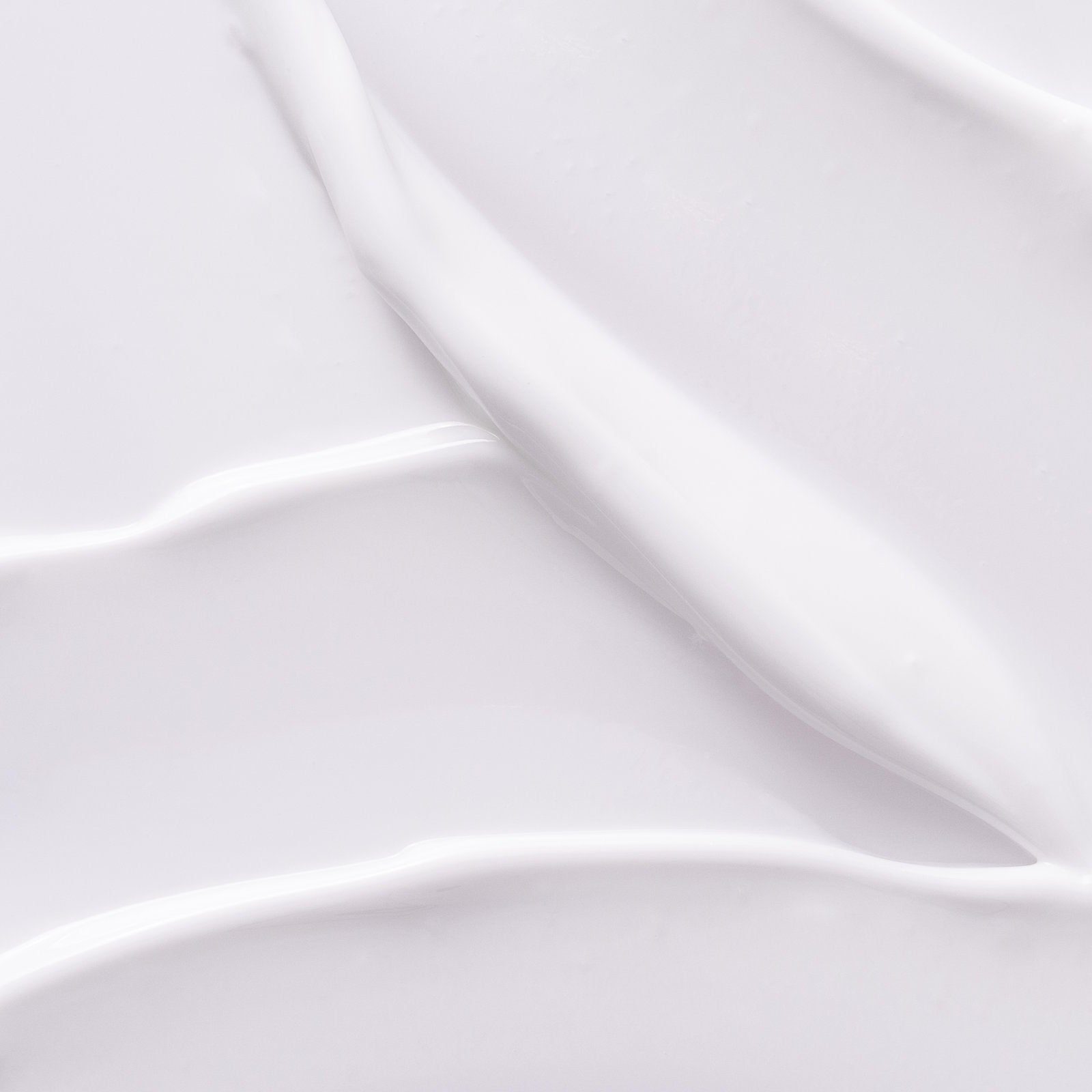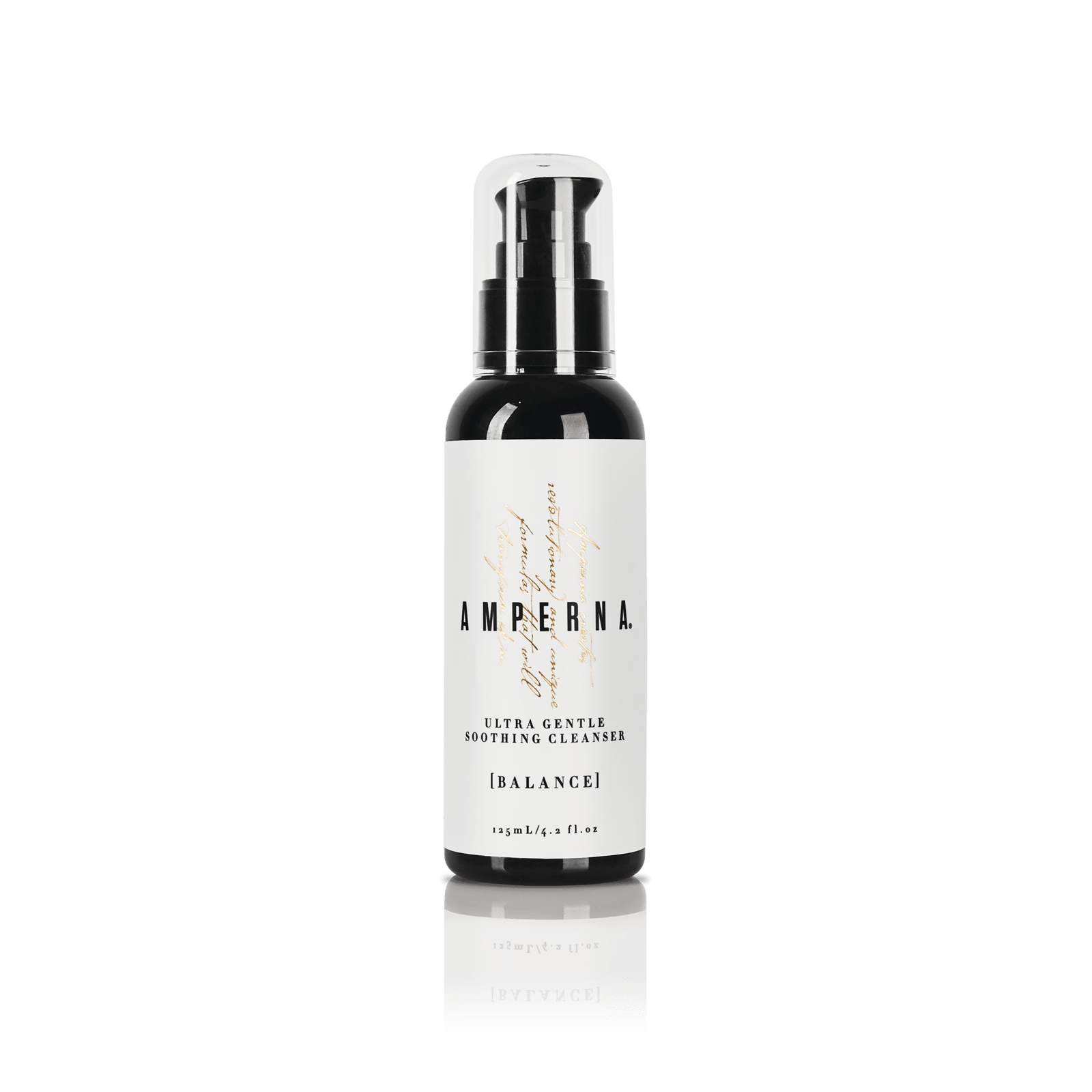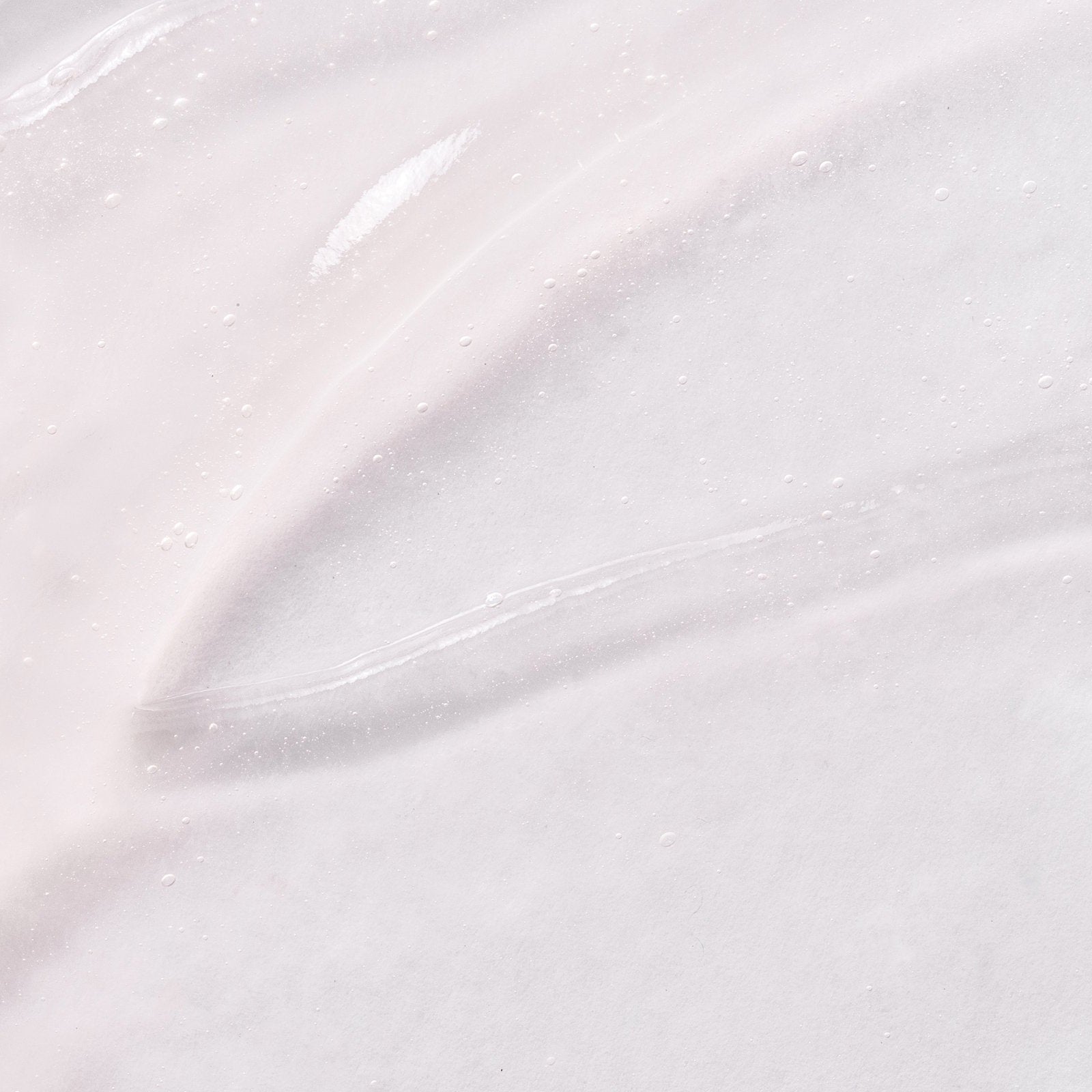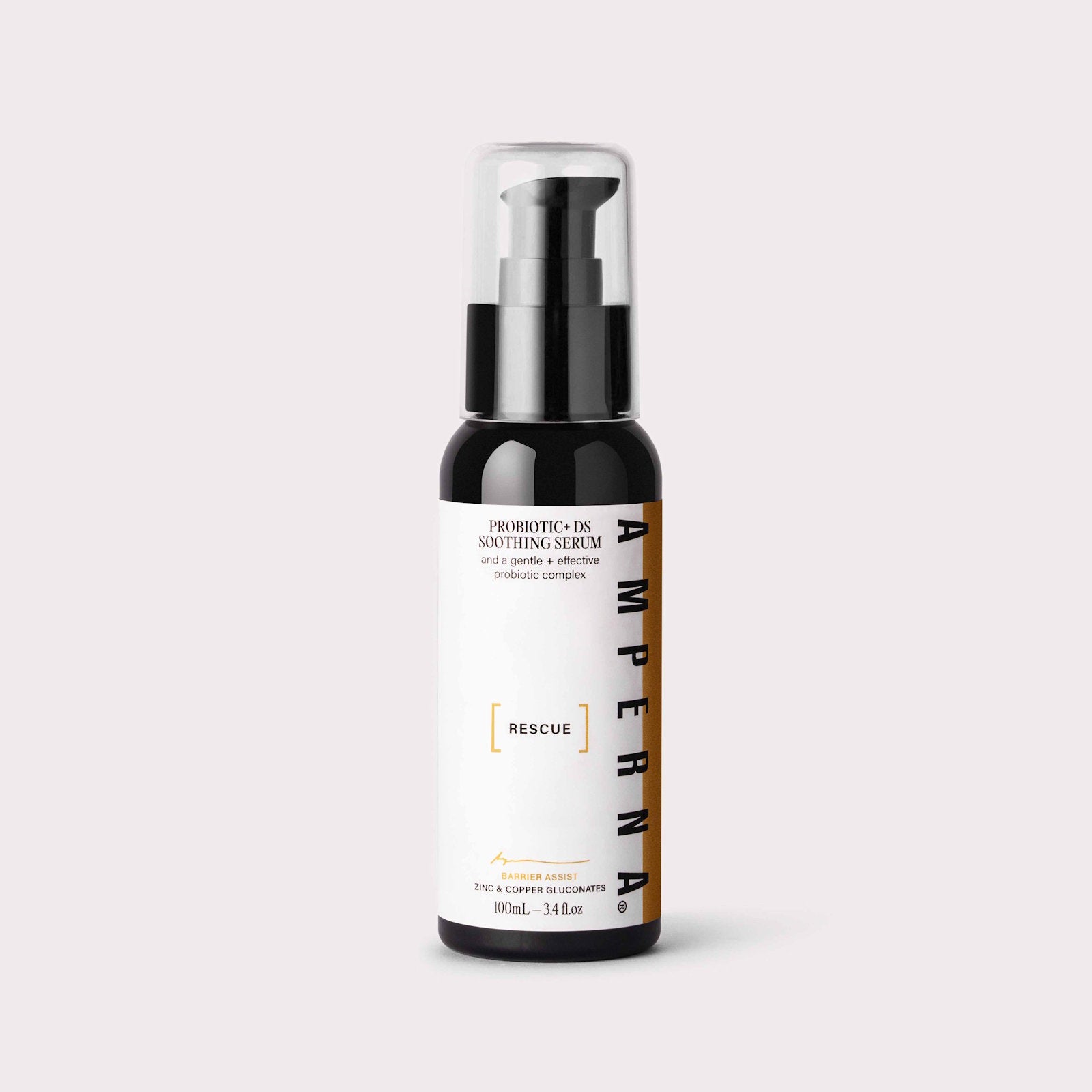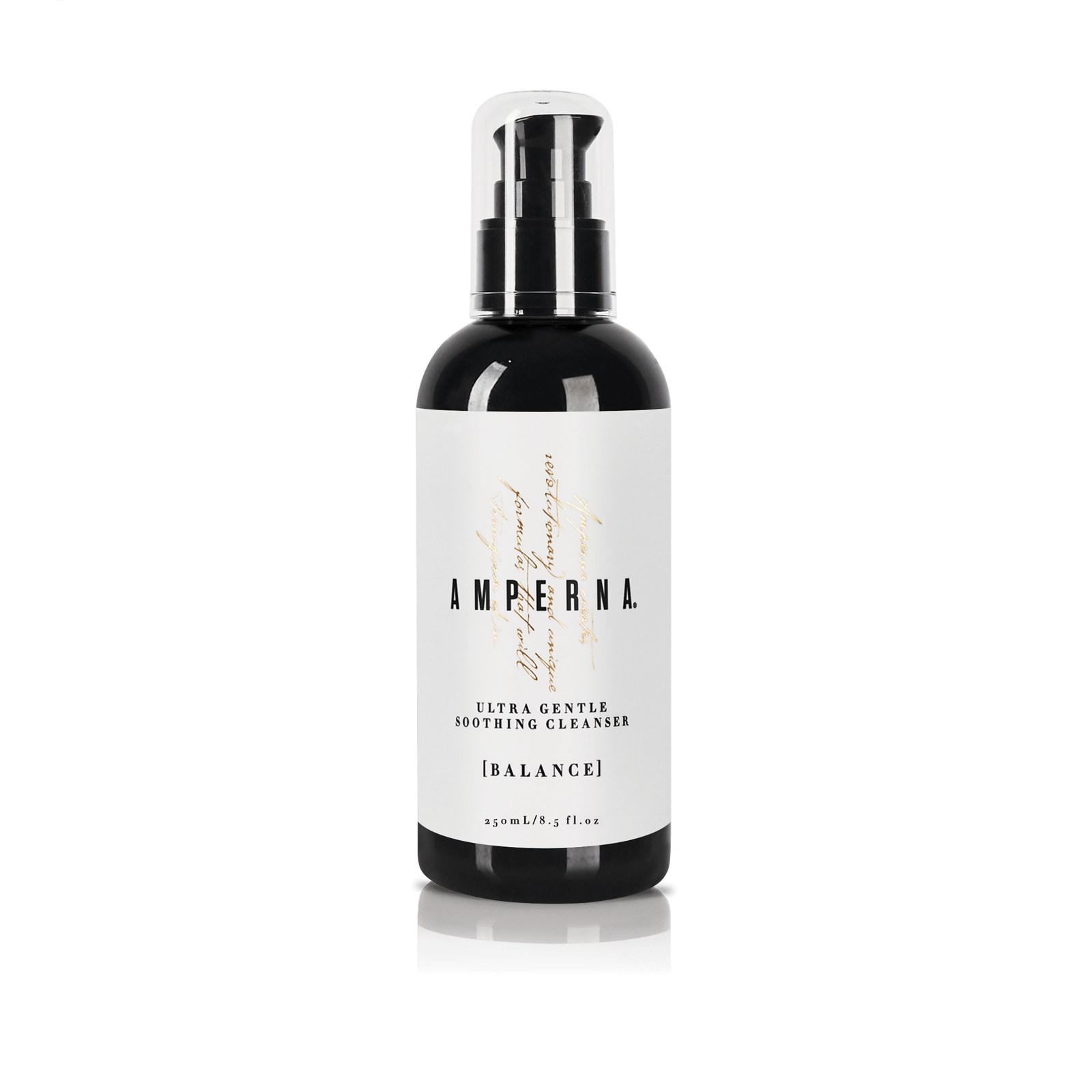Our skin is the largest organ of the human body. It is soft, to allow movement, but tough enough to resist breaking or tearing. It varies in texture and thickness from one part of the body to the next. For instance, the skin on our lips and eyelids is very thin and delicate, while skin on the soles of our feet is thicker and harder. Our skin is a good indicator of our general health. If someone is sick, it often shows in their skin.
Our skin is one of our most versatile organs, some of the different functions of skin include:
- A waterproof wrapping for our entire body
- The first line of defence against bacteria and other organisms
- A cooling system via sweat
- A sense organ that gives us information about pain, temperature, and pressure.

Our skin is made up of 3 main layers
The Epidermis
The skin you can see is called the epidermis. This protects the more delicate inner layers. The epidermis is made up of several ‘sheets’ of cells. The bottom sheet are where new epidermal cells are made. As old, dead skin cells are sloughed off the surface, new ones are pushed up to replace them. The epidermis also contains melanin, the pigment that gives skin its colour.
The Dermis
Under the epidermis is the dermis. This is made up of elastic fibres (elastin) for suppleness and protein fibres (collagen) for strength. The dermis contains sweat glands, sebaceous glands, hair follicles, blood vessels and nerves.
The Subcutis
The subcutis is a layer of fat that sits immediately under the dermis. It provides thermal insulation and mechanical protection. It gives smoothness and contour to our body. Adipose fat stored in the subcutis is a source of energy.

What’s your skin barrier and what purpose does it serve?
It may not look like it on the surface, but your skin is constantly hard at work; the toughest job is of the uppermost layer, the skin barrier. Much like a security guard for your skin, the barrier is there to stop potential problems passing through and to protect what lies within.
The skin barrier consists of cells and lipids (fats). Also known as the permeability barrier, moisture barrier, or lipid barrier, the skin barrier is responsible for making sure essential water and electrolytes don’t evaporate from the skin. It also helps sustain our skin’s immunity, and regulate inflammation.
When the skin barrier is healthy, your complexion appears smooth, clear, even toned, and balanced.
It’s the weakening of this skin shield that is the underlying cause of sensitive skin. A thin, weak, or damaged skin barrier allows irritants in, or irritates more easily. This is both for the skin on our face & the rest of our bodies. So, building up & strengthening this surface layer could be the key to reducing skin sensitivity long term.
If your skin barrier is damaged, then that’s when you’ll experience redness, irritation, breakouts, rashes, burning sensations, broken capillaries, dryness, tightness, and other symptoms you’d attribute to having sensitive skin.
Your skin will look dry, dull, and possibly scaly. This means chemicals can penetrate more readily and potentially cause inflammation, which manifests as skin sensitivity
What can damage your skin barrier?
Every day, your skin confronts a barrage of threats, many of which come from outside your body and a few that come from within. Skin conditions such as rosacea, psoriasis & eczema can be inherited. But most causes of sensitive skin concerns come from a damaged skin barrier. Some of the external and internal conditions that can affect your skin barrier include:
- Allergens, irritants, and pollutants
- Too much sun exposure
- Harsh detergents, chemicals, and soaps
- Over-exfoliation or over-washing - Too much cleansing can strip the natural moisture from the skin barrier, especially if you use harsh bar soaps or wash with too-hot water.
- Topical &/ oral steroids
- Age - As you get older, your skin barrier function naturally weakens.
- Emotional Stress
- Physical Stress - Fatigue, dehydration, malnourishment, etc.
- Environmental Stress - Climate/weather changes, indoor overheating, or over cooling.
- Smoking - This dehydrates the skin and slows down collagen production and cell metabolism.
- Using sensitising ingredients - Artificial fragrances, colourants, SD alcohol, and preservatives are known to trigger skin sensitivity.
- Cosmetic procedures - Laser resurfacing and other methods used to remove the top layer of skin can damage the skin barrier if not performed properly.
- Consuming dehydrating beverages - Alcohol and caffeine can dehydrate skin tissues and even dilate capillaries, which causes redness.
- Nutrition - A generally poor diet can manifest on skin, but low-fat diets and spicy foods have been linked to weakening the skin barrier.
How can you tell if your skin barrier is damaged?
When your skin barrier isn’t functioning properly, you may be more prone to developing the following skin symptoms and conditions:
- dry, scaly skin
- itchiness
- rough or discoloured patches
- acne
- sensitive or inflamed areas
- bacterial, viral, or fungal skin infections
How to protect and restore your skin barrier
Go back to basics
Overcomplicated routines are just asking for trouble - keep it simple for effective, nurturing skincare.
Paring back your routine is key especially when your skin barrier is compromised. Get rid of products with astringents, like alcohol and witch hazel. And avoid foaming cleansers, which leach away our skins natural moisturising factor.
No scrubbing
We recommend cutting right back on physical exfoliation – so many people are using brushes and cleansing cloths too harsh for their skin-type and developing problems consequently.
The right ingredients matter
As always with sensitive skin concerns, reading the labels of your products is a must to make sure you’re getting the building blocks you need. Niacinamide is a great ingredient to try – it boosts ceramide production, thereby improving lipid barrier function
Our Probiotic+ DS Soothing Serum is a deeply restorative formula which cools and helps soothe irritated skin and calm redness. The copper and zinc gluconates help to limit the spread of harmful bacteria and replenish the skin barrier. It’s AMPERNA®'s Skincare’s best-selling product.
Try moisturisers containing hyaluronic acid, petrolatum, glycerine or urea. An occlusive moisturiser which includes these humectants aids the skin barrier by reducing the amount of water loss from your skin. These ingredients leave a thin film on your skin that helps to hold in moisture

Pay attention to pH
Your skin’s delicate acid mantle hovers around a pH of 5.7. But the pH of some skin products can range from 3.7, all the way up to 8.2. Researchers recommend cleansing with a product that’s close to your skin’s natural pH.
Keeping your skin’s pH at a healthy level may help protect you from skin conditions such as dermatitis, perioral dermatitis, acne, and Candida albicans infections. Although not all products list their pH, some do.
Look for formulations that include ceramides
Ceramides are waxy lipids & are crucial for the healthy functioning of your skin barrier. Products containing ceramides may help improve the dryness, itchiness, and scaling caused by a poorly functioning barrier. Ceramide-rich moisturisers may also strengthen the structural integrity of your skin barrier. Ceramide moisturisers may be especially helpful if you have acne. In acne-prone skin, the barrier is often impaired, and acne treatments can leave skin dry and reddened.
Our Lightweight Soothing Emulsion is a lightweight cationic moisturiser which contains a probiotic, ceramides, hyaluronic acid and emollients to help nourish the skin and protect it from free radical damage.
Keep it cool
Cleanse your face with tepid water and not directly under the hot shower. Hot water and long showers or baths removes natural oils from your skin & will only strip & dry out the skin. Limit your bath or shower time and use warm — rather than hot — water.
Also avoid strong soaps. Strong soaps and detergents can strip oil from your skin. Instead, choose mild cleansers.
And pat dry. After washing or bathing, gently pat or blot your skin dry with a towel so that some moisture remains on your skin.
You are what you eat
The healthier you are generally, the better your skin will be. Include omega-rich foods such as cold-water fish, flax seed and walnuts as part of your healthy balanced diet. When you eat well, those omegas eventually go to the surface of the skin. It’s about making every cell in the body as healthy as possible.
Drinking plenty of water helps keep your skin hydrated
Wear sunscreen
One of the easiest ways to protect your skin’s barrier is by wearing a daily SPF- but just like the rest of your skincare, it should be full of antioxidants too so that as well as defending your skin against the sun’s damaging rays, it also adds protection from other environmental stressors.
On top of wearing sunscreen on your face & body you should wear protective clothing. Cover your skin with tightly woven long-sleeved shirts, long pants and wide-brimmed hats. Also consider laundry additives, which give clothing an additional layer of ultraviolet protection for a certain number of washings, or special sun-protective clothing — which is specifically designed to block ultraviolet rays.
References:
Skin explained - Better Health Channel
Skin Barrier Function and How to Repair and Care for It (healthline.com)
Understanding Your Skin Barrier (and how to keep it healthy) (beverlyhillsmd.com)


